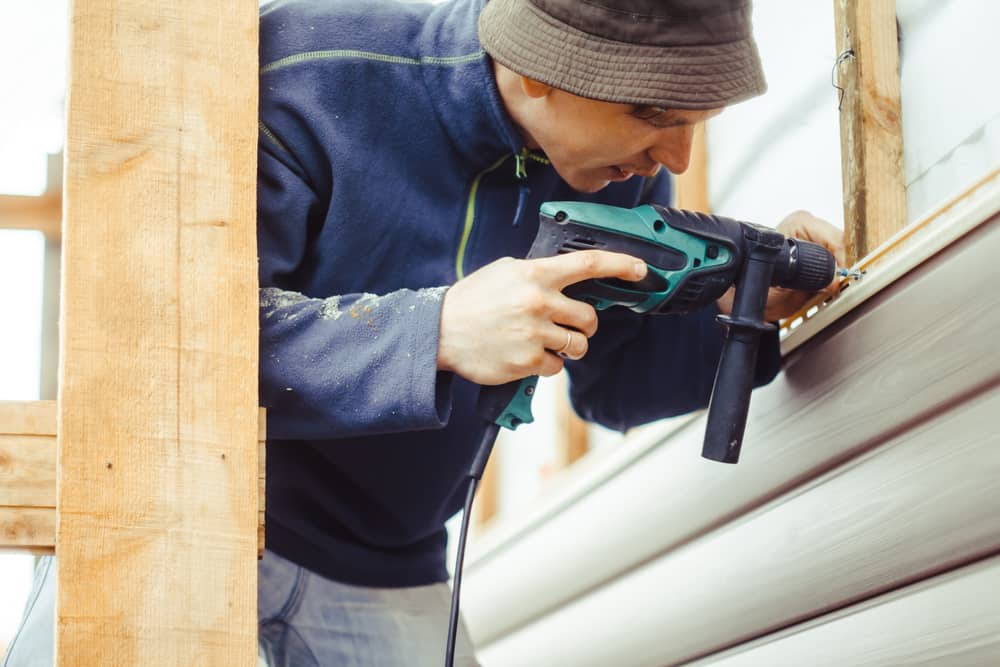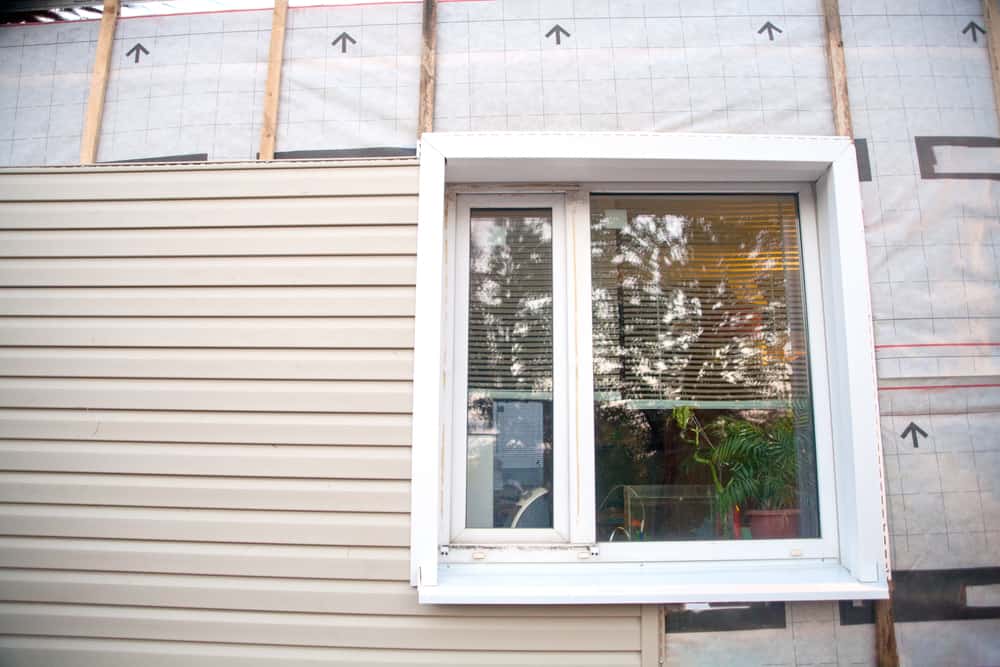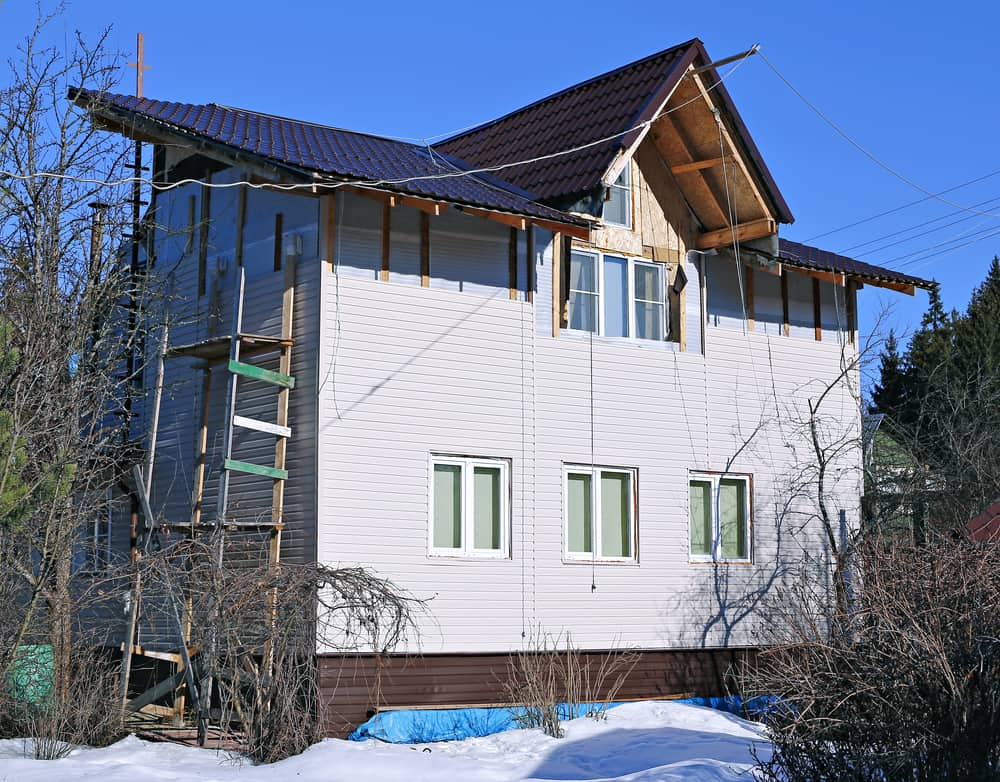Vinyl Siding Installation in North Lyme, CT
Protect Your Home from Coastal Weather
Durable vinyl siding installation that stands up to Connecticut’s harsh winters and salt air exposure.

Hear from Our Customers

North Lyme Siding Contractors
Your home takes a beating from Connecticut’s coastal weather. Salt air, winter storms, and temperature swings crack paint, warp wood, and let moisture seep into places it shouldn’t be.
Quality vinyl siding changes that equation completely. You get a protective barrier that doesn’t need painting every few years, won’t rot or warp, and actually helps your home stay more comfortable year-round.
The right siding installation means you stop scheduling weekend maintenance projects and start enjoying your weekends. Your home looks better, performs better, and holds its value better. That’s what happens when you choose materials and installation that match Connecticut’s climate demands.
Connecticut Siding Installation Experts
Sullivan Contracting has been installing siding throughout Connecticut for years, and we understand what coastal weather does to homes. We’ve seen every type of siding failure, from improper installation to wrong material choices.
That experience matters when you’re protecting your biggest investment. We know which products hold up to salt air and which installation techniques prevent water infiltration. We’re not learning on your project.
North Lyme homeowners choose us because we’re local, we’re accountable, and we do the work right the first time. When you need service or have questions, you can reach us. When you see our work around town, you know we stand behind it.

Siding Installation Process
We start with a thorough assessment of your current siding and underlying structure. This isn’t a quick walk-around – we’re checking for moisture damage, insulation issues, and structural concerns that need addressing before new siding goes up.
Next comes material selection and measurement. We help you choose siding that matches your home’s style and your maintenance preferences, then provide accurate measurements for ordering. No surprises, no change orders for “unforeseen” issues we should have caught upfront.
Installation begins with proper preparation – protecting your landscaping, removing old siding carefully, and addressing any underlying issues we discovered. Then we install your new siding using techniques that prevent water infiltration and ensure long-term performance. Clean-up happens daily, and we do a final walkthrough with you before considering the job complete.

Ready to get started?
Vinyl Siding Replacement Services
Our vinyl siding installation includes complete removal of existing siding, inspection and repair of underlying sheathing, and proper insulation upgrades where needed. We don’t just cover up problems – we fix them.
You get quality vinyl siding materials designed for New England weather, installed with proper spacing and fastening techniques that prevent buckling and loosening. We pay attention to details like corner treatments, window trim, and ventilation that many contractors rush through.
Every installation includes thorough cleanup and a detailed walkthrough. We explain your new siding’s care requirements and provide warranty information for both materials and our installation work. You’re not guessing about maintenance or wondering who to call if issues arise.

